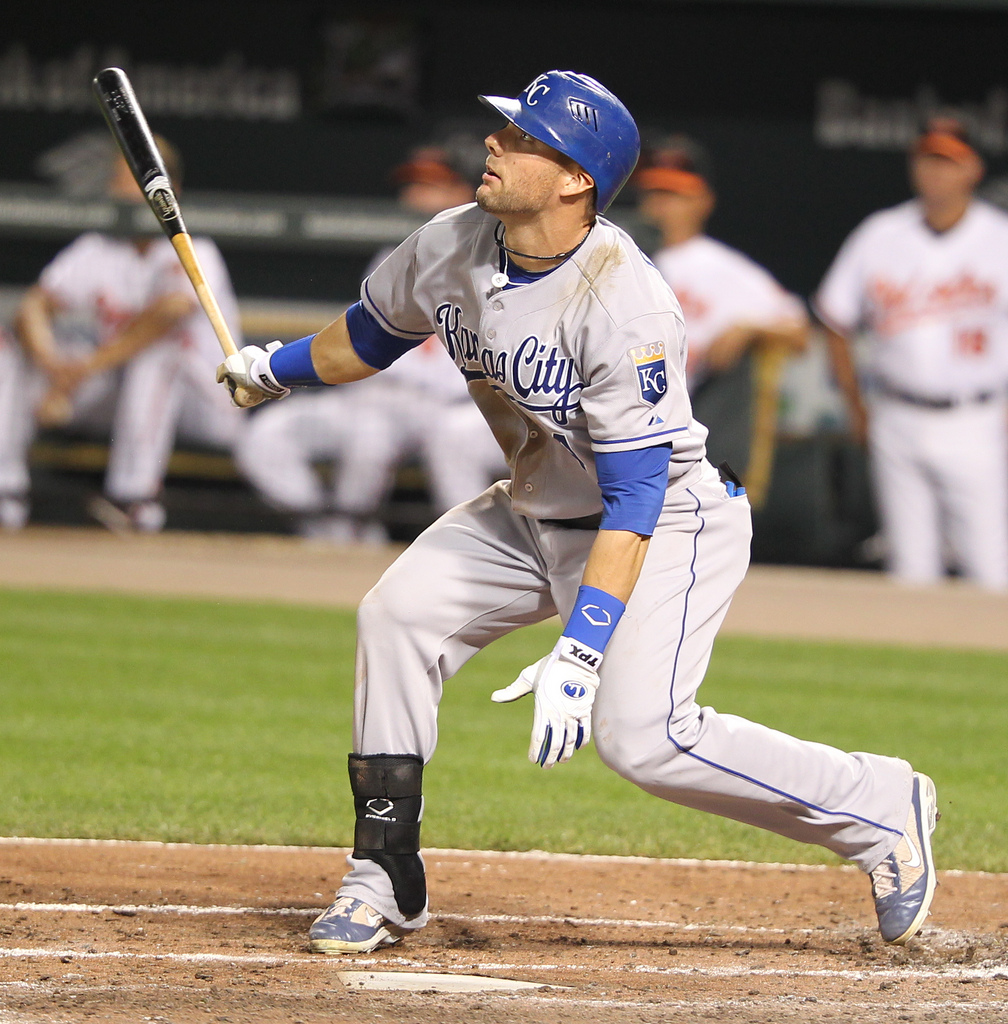
As the hot stove season kicked off this past November, MLB Network analysts started to dissect this year’s crop of free agents when they began to talk about the consensus thoughts of clubs on free agent slugger, Chris Davis.
“They don’t care if he strikes out as long as he hits 40 home runs.”
They. Don’t. Care.
With that comment came the concerning reality that can’t help but trend into the amateur levels of the game, if it hasn’t already.
If strikeouts are mattering less and less to professional organizations, then they are mattering less and less to the players that are paid to wear their uniform. Our game’s amateurs can’t help but follow the example that Major Leaguers set forth, and since teams are seemingly paying far more for power than they are contact, hitters are growing up in the game trying to do whatever they can to drive the baseball out of the park, rather than doing whatever they can to put the ball in play.
Strikeouts have been steadily increasing at the Major League level over the past decade. While yes, the well-documented increase in pitchers’ velocities is a contributing factor, the mindset of hitters thinking that strikeouts aren’t that big of a deal is just as much a culprit. The strikeout is the most unproductive out in the game, yet it has become far too accepted in the game of baseball. Gone are the days when hitters are genuinely embarrassed upon walking back to the dugout after whiffing. That humiliated player is now the outlier, rather than the norm.
Many coaches and organizations believe that as long as run production remains solid, then they will deal with the strikeouts that come without shortening up the swing with two strikes. And there is some truth to that, since runs scored and runs batted in ARE the two most important offensive stats in the game. The run is baseball’s currency. Hitters who produce them are paid handsomely, as are the pitchers who prevent them. Simply put, the game is about scoring runs and preventing runs, not about dingers and strikeouts, much to the chagrin of Kent Murphy.
But what if a player’s overall run production could be better…if only they embraced hitting with two strikes and cut down on their strikeouts? How many runs could be gained by focusing more on putting the ball in play than trying to put it over the fence? How many more runs could Chris Davis play a part in if he worked to reduce his strikeouts?
If you learned anything from this past year’s World Series Champion Kansas City Royals, learn this: There is a huge value to simply put the ball in play.
In the top of the 12th inning of the deciding Game Five of the World Series, Alex Gordon came to the plate with the score tied, the potential winning run on second base in Jarod Dyson, and nobody out. After fouling off a few pitches, Gordon grounded the seventh pitch of his at bat to first base, advancing the eventual winning run to third base…with two strikes.
The next batter, Christian Colon, who hadn’t played in a game since October 4th, drove in Dyson with a single. A two-strike single, nonetheless.
Paulo Orlando came to bat next and reached on an error – an error that came as a result of him putting the ball in play with, you guessed it, two strikes.
The uber-aggressive Alcides Escobar stepped into the box next, and like Gordon before him, battled for seven pitches, fouling off three of them before driving in a huge insurance run with a single to left, again, with two strikes.
When the dust settled in that deciding inning of that deciding game of the 2015 World Series, the Royals winning rally was staged by four consecutive two-strike at bats, none of which resulted in strikeouts. Had Gordon, Colon, Orlando, or Escobar struck out, who knows how that game or that Series would have turned out. But the fact is, their ability to put the ball with two strikes in those moments of that game played a pivotal role in the Royals clinching their first championship in 30 years.
That 12th inning could be seen as a microcosm of the Royals' entire year that saw them complete the season with the fewest strikeouts in all of Major League Baseball, while also finishing in the bottom five in home runs.
The Royals were an incredibly fun and exciting team to watch this postseason because regardless of what was going on in the game, they were going to compete and believe that they were going to win until that team in the opposing dugout recorded the 27th out. THAT is the epitome of what hitting with two strikes is all about. Competing. Battling. It is far more about going up against the pitcher and doing whatever it takes to come out on top than it is anything else, mechanical or otherwise.
The Royals were often criticized for much of the season for their lack of power. But how many more runs did they score because they sacrificed the home run?
Enough to win a World Series title.